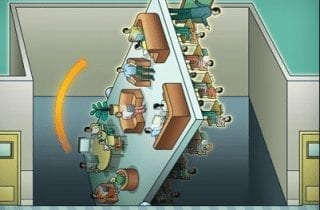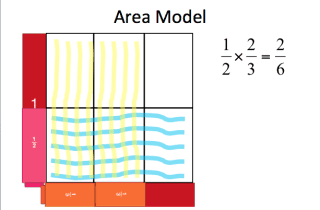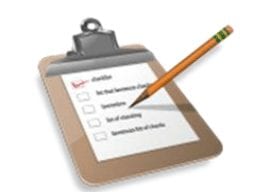Dr. Robert Dillon shared a variety of ideas and action steps that schools are taking to grow the connectedness of their classrooms. Connected classrooms amplify learning through the use of technology tools, while helping provide students with choice, voice, and an authentic audience, as they showcase their new learning about the interconnectivity of people, place, and planet.
Curious about the flipped movement? Want to explore different Open Educational Resources (OER) to expand your instruction and student learning? In this webinar, presented by the Open Educational Resources in the K-12 Classroom community on edWeb.net, Aubrey Harrison, Instructional Technology Specialist from Charlotte Mecklenburg Schools, investigated why everyone is talking about flipping their classrooms.
Did you know one million students are on a waiting list to attend a charter school? Did you know the number of full-time students registered in online education is four times what it was a decade ago? Did you know ten percent of U.S. students attend a private school? You have competition!
In this webinar Amy D’Amico, Director of Professional Services for the Smithsonian Science Education Center (SSEC), discussed the professional development opportunities that the SSEC provides for teachers, curriculum directors, administrators and anyone interested in STEM education.
Students with disabilities leave school and go on to opportunities that include competitive employment. Unfortunately the vast majority of students with intellectual disabilities are unemployed (Institute for Community Inclusion, 2012). Recent directives from the federal government suggests that states are not doing enough to prepare students with intellectual disabilities to gain employment after leaving high school.
Interest in the potential of games for learning is growing, from researchers, practitioners and policy-makers, predominantly for their ability to engage students. However, Dr. Nicola Whitton, Senior Research Fellow at Manchester Metropolitan University argues that the benefits of games are greater than simply motivation.
In this last webinar of our Five-Session Series, presented by the Building Understanding in Mathematics community on edWeb.net, Dr. Sara Delano Moore shared strategies for helping students understand why fraction multiplication and division seem to behave differently from fraction addition and subtraction.
The application of reading, writing and original thinking is research, and the research simulation is at the heart of the Common Core Performance Task and accountable Problem Based / Inquiry Based Learning.
Common Sense Education celebrated the launch of their newest free education resource, Digital Compass. Based on the concept of “choose your own adventure” books, Digital Compass guides students in grades 6-9 to learn the fundamentals of digital citizenship through animated, interactive experiences in which students choose several different paths for each character.
Susan M. Brookhart, Ph.D. focused on creating or adapting rubrics for classroom use. The session emphasized how to write criteria and performance level descriptions that assess student learning and how to involve students in using rubrics.











